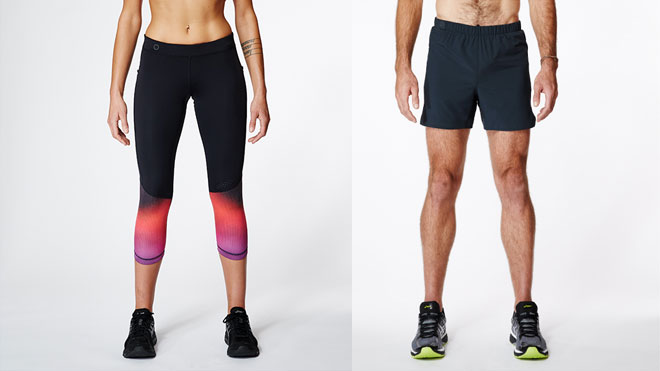
But, so what? We see ourselves leading wearables 2.0, where we gather data that no one else can and we also answer, ‘so what.’ Your braking was outside of your target zone-so what? Here are some things you can use to improve that-both through in-run audio queues and post-run.” “We look at the wearable sector and we see wearable 1.0 as an activity tracker. “Gait labs are a great starting point, but, going forward, we are connecting data on millions of runners in their natural environment. “We see Lumo Run contributing to an entirely new body of science,” Perkash says. Over the long haul, Perkash and Shultz see Lumo Run as the leader of a next generation of fitness trackers that provide more than just mileage and pace. Each run comes with a focus point from one of the five metrics, with dialogue occurring frequently enough to be effective, but not so much that it becomes distracting. Not enough foot turnover? Imagine you’re running through a puddle and trying not to splash. Too much pelvic rotation? The runner’s personal Tinkerbell may instruct them to pretend they’re running through a narrow tunnel. Rebecca Shultz, Lumo’s in-house biomechemist, the Lumo algorithm team, in partnership with Loughborough University, tested the data of over 80 athletes using a motion capture system to validate the device so that it not only monitors the form of its users, but also provides real-time critique and encouragement. “Whether they’re looking to improve their speed or prevent injury, it all comes back to proper form and running efficiency.”Īccording Dr. “The product is useful for runners across the entire spectrum, from the casual to the elite,” says Perkash.

Perkash’s personal passion became creating mass access to personalized attention, previously available to only a small fraction of the running community.

But not everyone has access to a personal coach.” “I am an avid runner and I was getting lots of injuries from running,” she says. Lumo Bodytech CEO and co-founder Monisha Perkash found herself dealing with injuries due to flaws in her own form-circumstances that ultimately led to inspiration. The app collects data over the first 10 minutes of your first run, learning your tendencies, speed and the overall quality of your form.įrom there, your virtual running coach is on the job, monitoring your form and grading you across five metrics: cadence (steps per minute), braking (the amount of forward resistance caused by each foot strike), bounce (the distance, up-and-down, that your hips move), along with your pelvic drop and rotation. To the rescue comes Lumo Run, a Bluetooth-enabled sensor that clips onto the back of your pants and pairs with your phone. Common mistakes like overstriding and pelvic over-rotation can lead to injuries that sideline a runner for weeks.

It’s funny, until you consider that your flawed running form may be hurting more than just your mile split. Instead, much to his or her surprise, the reflection in the storefront window looks a little more like…


 0 kommentar(er)
0 kommentar(er)
